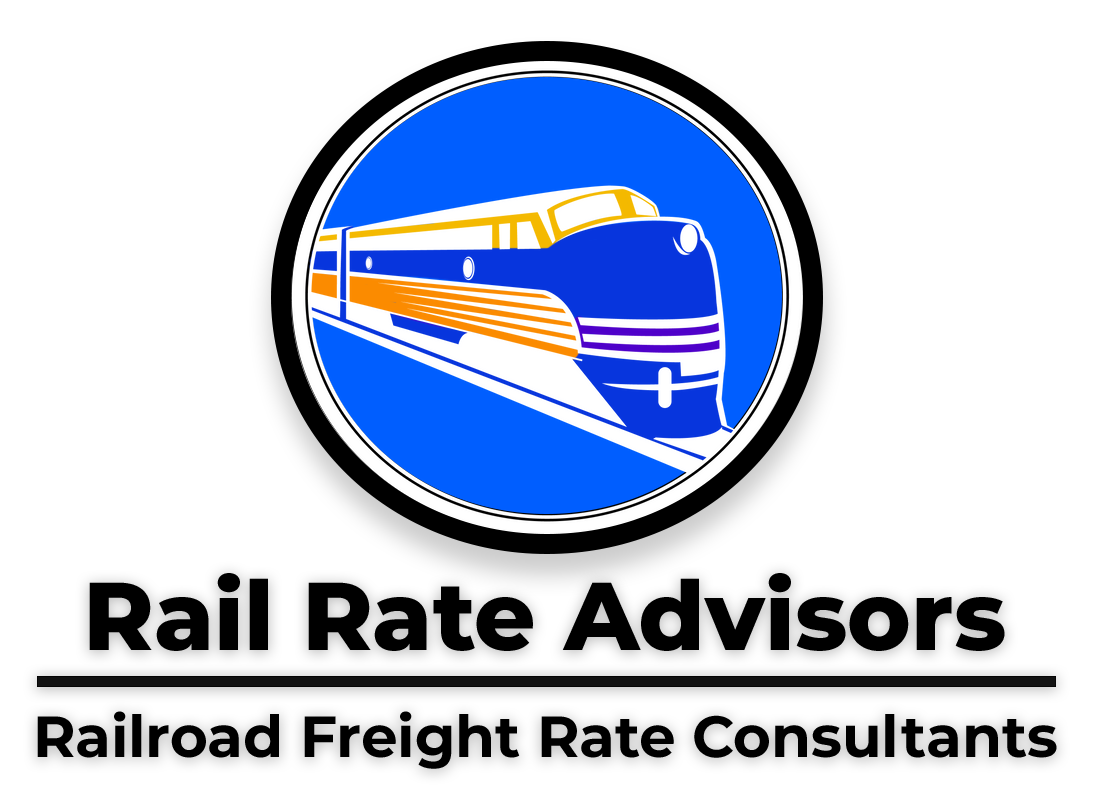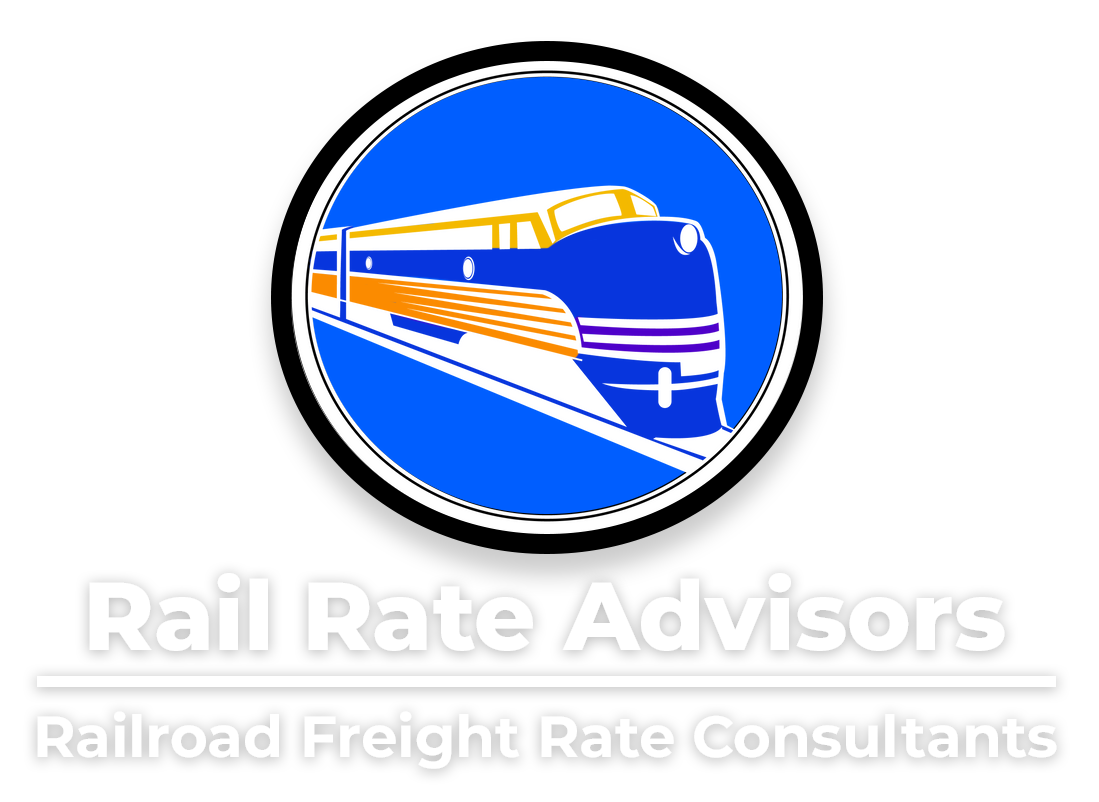Mastering the Rate Request Fields
The discussion below is a guideline to help you master the Rate Request fields by offering search options.

Rate Request
Everything on this website is developed for intelligent simplicity.
THE RATE REQUEST FIELDS
The three rate request fields include:
- Commodity (or STCC)
- Serving Carrier Station
- Receiving Carrier Station
When entering your data you will need to enter at least three characters for the drop-down list to kick in.
Search operators include both the ‘begin with’ and ‘within’ operators. This means the results in the drop-down will ‘contain’ the string that you typed. This may be a lot of data, so please be patient if a takes a second or two for all of the data in the drop-down list to load.
COMMODITY (OR STCC) FIELD
In the Commodity (STCC) field you do not need to know the exact commodity description name. For example, if you you are dealing in scrap metal, would you know if the name of the commodity is Scrap Metal, or Metal, Scrap, or something else? And the type of scrap metal is important too…
If you do ship Scrap Metal you can type either Scrap or Metal in the field to see what choices are available, then look through the list to find the commodity description that best describes your what you are shipping.
Most single commodity shippers know exactly what their commodity name is; however, transloaders, warehouses, and brokers might need to review the Commodity drop-down list choices to choose the right commodity.
If you know the STCC number, you can enter it (minimum three numbers). For example, if you are shipping plastics and know the STCC starts with 28211, you can enter this string, then choose Plastics, Resins Or Gums, which is the description for STCC 2821143.
SERVING/RECEIVING CARRIER/STATION
The Serving and Receiving Carrier/Station fields pull from the same table since a station could be a serving or receiving station. This table uses the same ‘contains’ operator so partial names are ok.
For example, there are over 130 stations that contain the name Chicago, but only 98 of them start with Chicago; the rest of these station start with something else i.e. IRONDALE CHICAGO, IL (CRL).
if you want to broaden your station search, you can do so using the State or Road. If you type CSXT there are over seven thousand stations. However, since all roads include parens, you can add the state by typing a string like SC (CSXT), which will return over 350 responses. While this might seem like a lot of data it really helps when you are not sure of a particular station name.
FINAL THOUGHTS
The important thing is to play around until you feel comfortable that you are using the correct query parameters. We know you’ll experiment, so we’re giving a lot of queries each month.
Our Standard Pricing Plan provides 1,000 queries per month for exactly this reason. For just one rate query you may try many queries so as to get a clearer picture of the overall market.
For example, we had a broker that is considering the Mississippi River (instead of LA) to export some of their commodity. Their searches included two possible origins and five different destinations. The current export destination, two proposed export destinations, and two major transload destinations. However, they’re sure to make dozens more queries before modifying their supply chain.
It’s not unusual for brokers to make dozens of queries for a single decision. The main reason is that you need a full picture of the marketplace for comparative reasons.
We’re happy to help you understand your rail marketplace. Whether its a single OD, or thousands of OD’s, we can provide this for most commodities.



